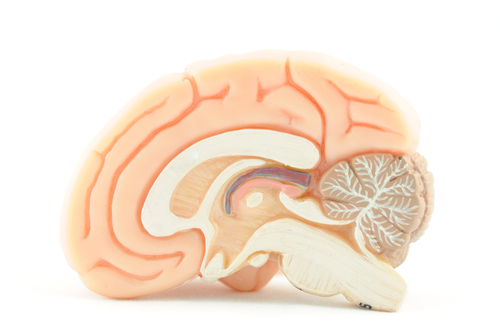Lack of Testosterone Metabolite in Spinal Fluid May Be Linked to ALS

A metabolite of testosterone, dihydrotestosterone (DHT), is found at significantly lower levels in the cerebrospinal fluid of people with amyotrophic lateral sclerosis (ALS), a small study found.
This metabolite, or hormone, is likely critical for the survival of motor neurons, and its lack in the central nervous system (CNS) is a potential contributor to ALS development (pathogenesis), its researchers wrote.
The study, “Dihydrotestosterone in Amyotrophic lateral sclerosis—The missing link?,” was published in the journal Brain and Behavior.
Testosterone and other male hormones are believed to play a role in ALS. Reasons supporting this suggestion include a greater incidence of ALS in men, and a higher disease susceptibility among female athletes with elevated testosterone levels.
Researchers at the Government Medical College and Hospital, in India, measured the levels of testosterone and its metabolite DHT in the cerebrospinal fluid (CSF; the liquid surrounding the brain and spinal cord) of 13 ALS patients and 22 healthy controls.
The patient group included seven men (average age, 51.6) and six women (average age, 59.3); the control group had 12 men (average age, 44.8) and 10 women (average age, 46.5).
No significant difference in testosterone levels was seen between ALS patients and their healthy counterparts, but both male and female ALS patients showed significantly lower DHT levels in their CSF samples than did controls.
A selectively permeable membrane, called the blood-brain barrier, prevents most molecules circulating in the blood from entering the brain and spinal cord. Testosterone, for example, is transferred across this barrier via a transport protein, and is then converted into DHT.
Investigators suggest that individuals predisposed to ALS may have an abnormal transport protein, explaining why these patients have less DHT in their CSF.
Since DHT is needed to suppress the luteinizing hormone (LH), a hormone that signals for testosterone production, ALS patients experience rises in their testosterone levels outside the CNS. This lack of suppression may account for some of the physical attributes seen in patients, such as a lower ratio of index-to-ring-finger length and a greater likelihood of early onset alopecia, or hair loss at an unusually young age.
Those high levels outside the CNS, moreover, are a “compensatory mechanism,” helping to maintain DHT at levels within the CNS necessary for motor neuron survival. But this mechanism likely fails over time, due to factors like advancing age, the researchers suggested.
When compensatory mechanisms start failing, they continued, “the high peripheral [outside the CNS] pool testosterone concentrations would start decreasing, the amounts of testosterone traversing the ‘testosterone resistant’ BBB [brain-blood barrier] would decrease and … the concentration of DHT … in the motor neurons would fall leading to their death” and to ALS onset.
“Our study implicates dihydrotestosterone deficiency in the [CNS] as an important component of ALS pathogenesis,” the team concluded. “More studies evaluating these parameters and also concurrent evaluation of serum testosterone, serum dihydrotestosterone, and LH levels would shed more light on ALS pathogenesis.”






